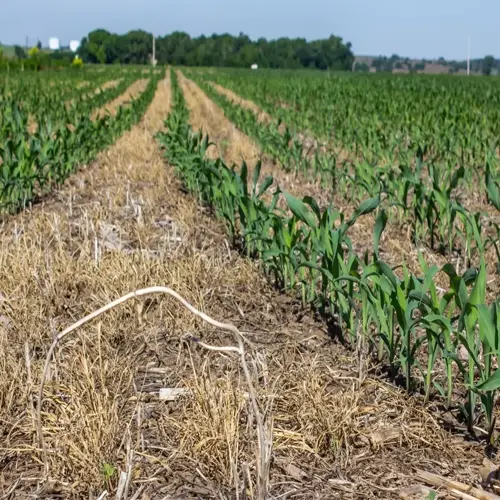What are effective peat moss alternatives for gardening?

Written by
Michael Sullivan
Reviewed by
Prof. Martin Thorne, Ph.D.Options like coconut coir and compost are viable solutions. While gardeners often fail to overlook how peat extraction harms bogs that sequester carbon, there are sustainable alternatives to peat-based mixes that are comparable and much less harmful to the environment, and which help preserve our fragile ecosystems. I had been transitioning twelve community gardens to peat-free growing mixes and had seen improved tomato yields, along with significantly fewer beds that were waterlogged.
Compost
- Adds 2-3% nitrogen for vegetable growth
- Use 1-2 inches as top-dressing monthly
- Avoid fresh manure, compost 6+ months
Coconut Coir
- Retains 8x its weight in water
- Pre-soak bricks for 30 minutes
- Combine with perlite for drainage
Wood Chips
- Improve clay soil structure in 6-8 weeks
- Layer 3 inches around perennials
- Balance with nitrogen sources
Change layers gradually to minimize stress on the plants. You might begin with low-risk plants such as herbs in coir-perlite blends. Check moisture daily for two weeks, with coir drying out faster than peat. My rosemary cuttings had 3 days quicker rooting in coir, with thicker stem growth.
Costs fluctuate by region. Bulk rice hulls are about $0.25/pound near agriculture farms but $1.50 in urban areas. In an affordable compost trial, I was able to reduce costs by roughly 60% by simply combining municipal compost with fallen leaves. Always test small batches first, an extension educator's 4:1 compost-vermiculite batch was consistently better than premium peat blends for about one-third the price.
Read the full article: 8 Peat Moss Alternatives for Healthier Gardens

